For the first time in its history, the Republic of Togo is participating in the Venice Architecture Biennale. Set within the 19th International Architecture Exhibition, the Togo Pavilion, titled Considering Togo’s Architectural Heritage, marks a major cultural milestone, spotlighting the nation’s rich and complex built environment on a global stage.
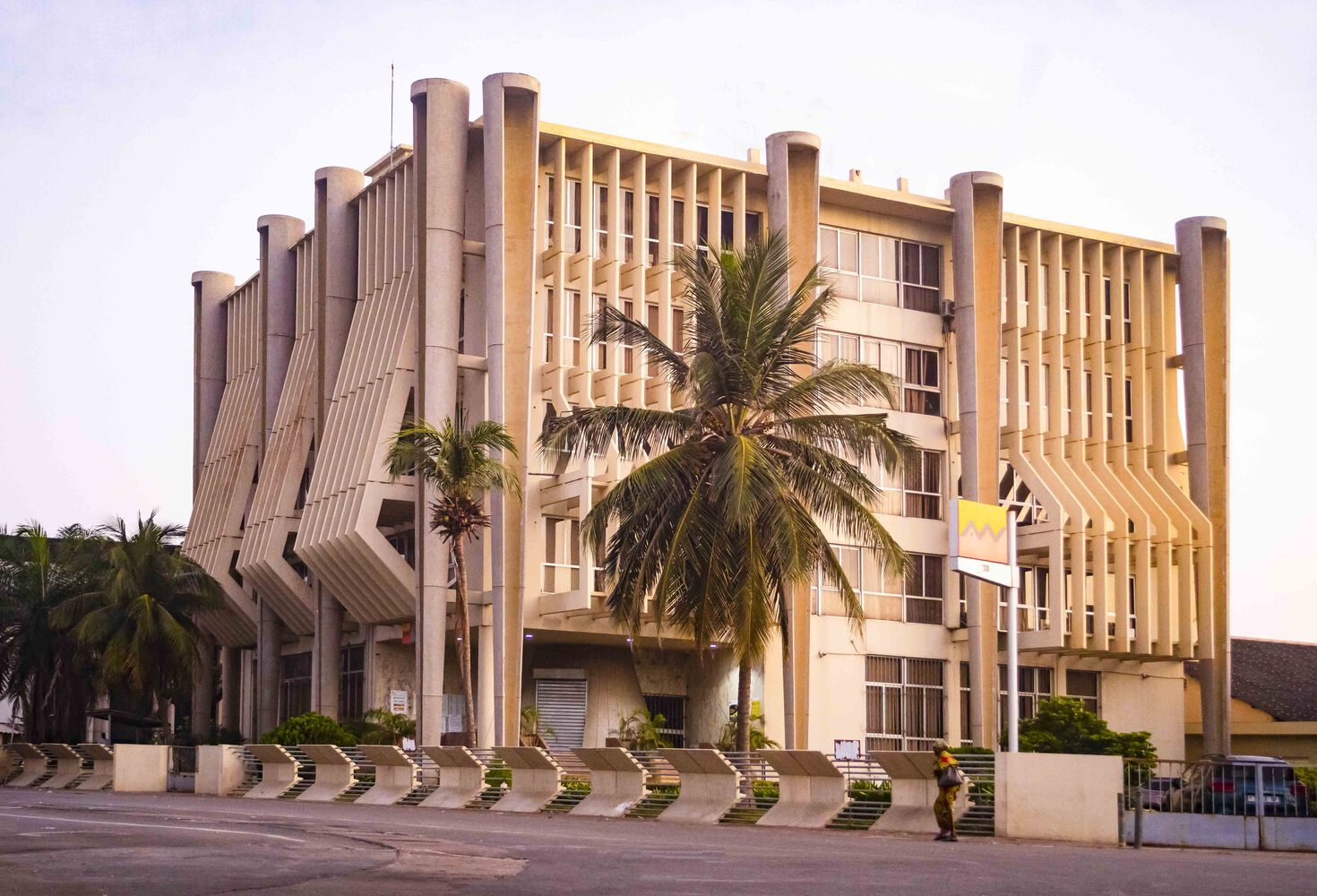
Curated by architecture and research studio Studio NEiDA, co-founded by Jeanne Autran-Edorh and Fabiola Büchele, the pavilion is hosted at Squero Castello and offers a layered reflection on Togo’s architectural legacy. With studios based in Lomé and Berlin, Studio NEiDA approaches architectural discourse through an Afrocentric and equity-focused lens, making their curatorial direction a natural fit for the Biennale’s wider exploration of inclusive and future-facing narratives.
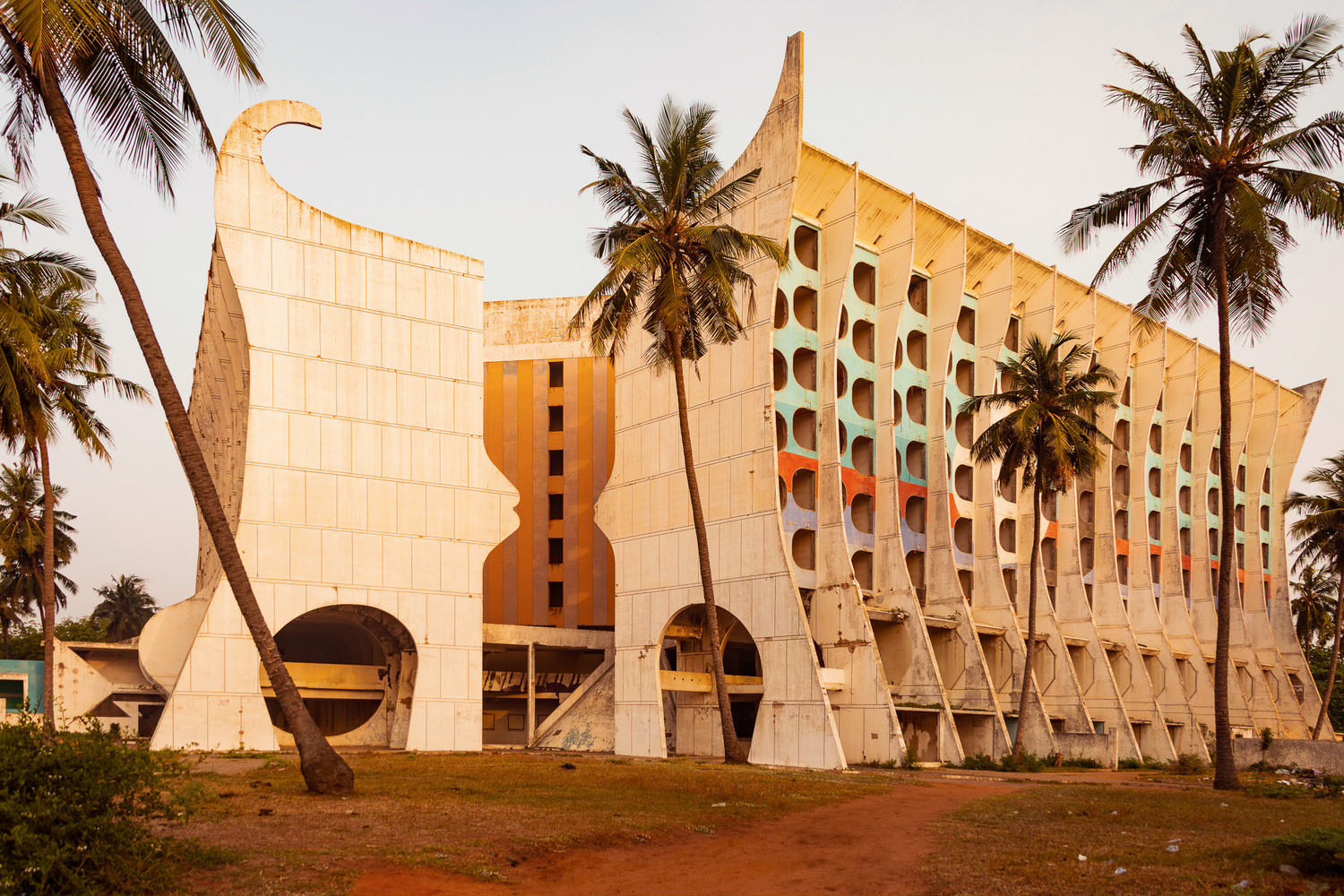
The exhibition brings forward an intricate dialogue between traditional vernacular practices and post-colonial modernist architecture, framing heritage not as a static artifact but as a living, evolving element of cultural identity. Visitors will encounter a curated selection of structures spanning from the ancient Nôk cave dwellings and Tatas Tamberma of northern Togo, to modernist civic buildings like the Hotel Sarakawa, ECOWAS Bank, and the Hedzranawoe Market.
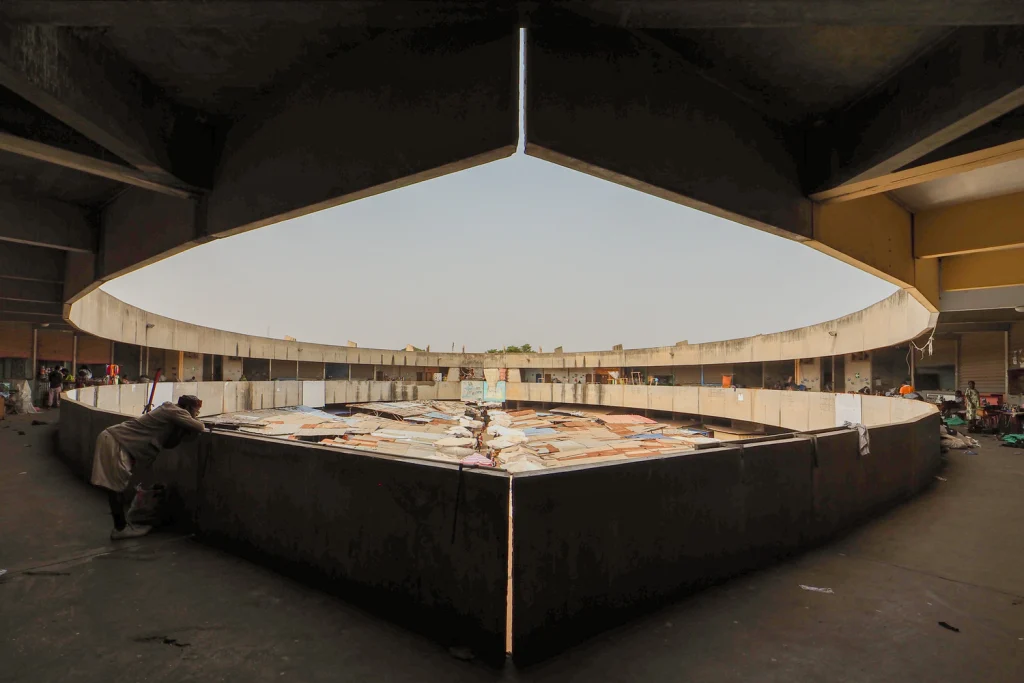
Notably, the exhibition also presents a nuanced look at Togo’s Afro-Brazilian architectural legacy, developed by formerly enslaved people who returned from Brazil and introduced hybrid styles that continue to shape urban identities across West Africa. The display includes archival materials, contemporary documentation, and conceptual drawings that map a century of built narratives, many of which reflect broader shifts in African architectural identity following independence.
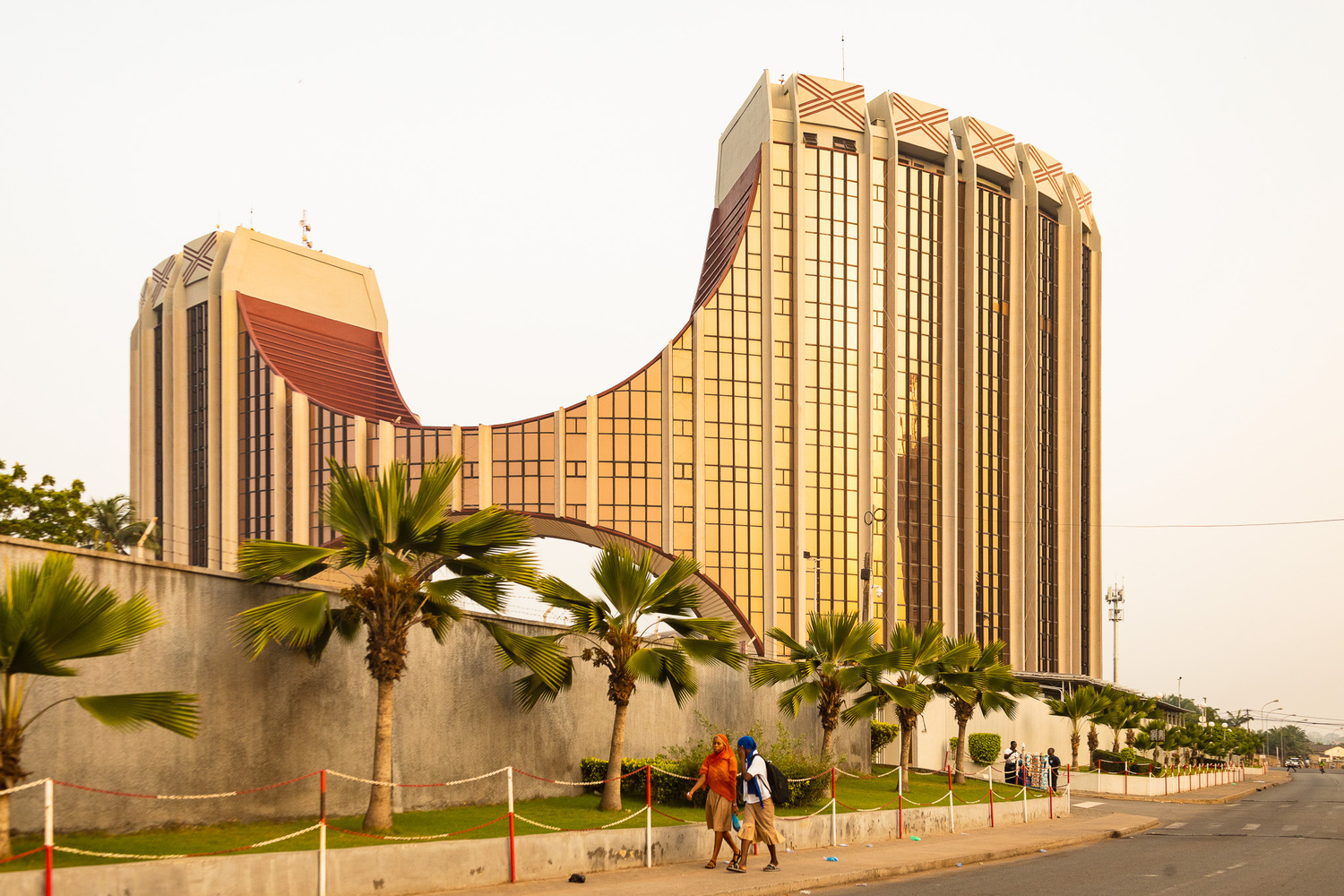
Studio NEiDA emphasizes that Togo’s built environment, ranging from ingenious clay structures to bold and sometimes eccentric modernist experiments, serves as a guidepost for future development. Their curation doesn’t shy away from the realities of degradation: the pavilion features buildings currently in disrepair, such as the Hotel de la Paix and Bourse du Travail, while also celebrating restoration projects like the Hotel 2 Février and the ongoing Palais des Congrès renovation.
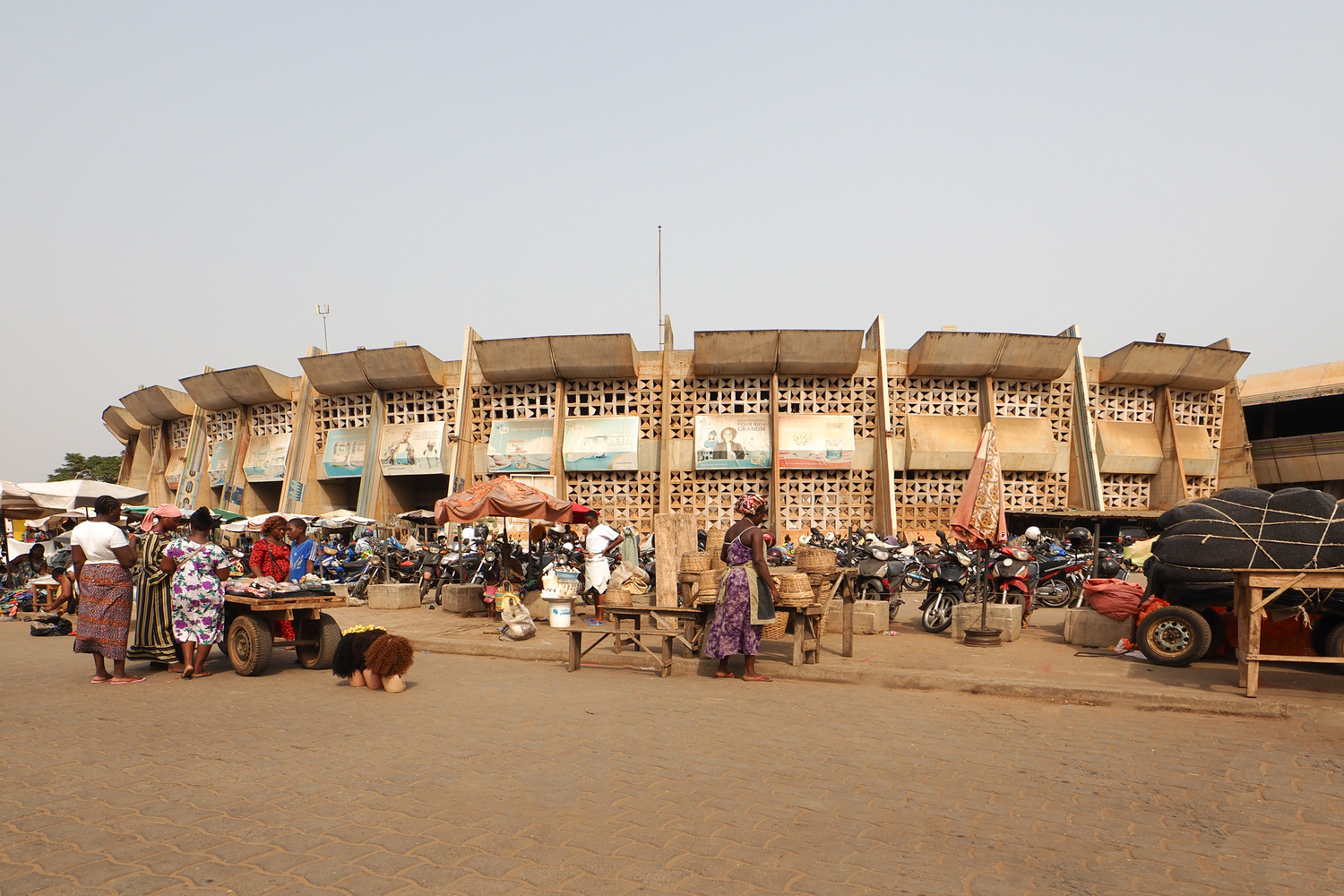
Commissioned by Sonia Lawson, Founding Director of the Palais de Lomé, and organized by the Ministry of Digital Economy and Digital Transformation of Togo, the pavilion signals a national commitment to cultural preservation and redefinition. The Palais de Lomé, itself a colonial-era building reimagined as a cultural institution, embodies this transformation and acts as a symbol of contemporary dialogue around architecture, environment, and heritage.
Lawson notes, “It is a milestone to showcase Togo’s diverse architectural heritage to a large number of visitors from across the world. I hope the pavilion furthers the conversations on the future and preservation of architectural heritage in West Africa.”
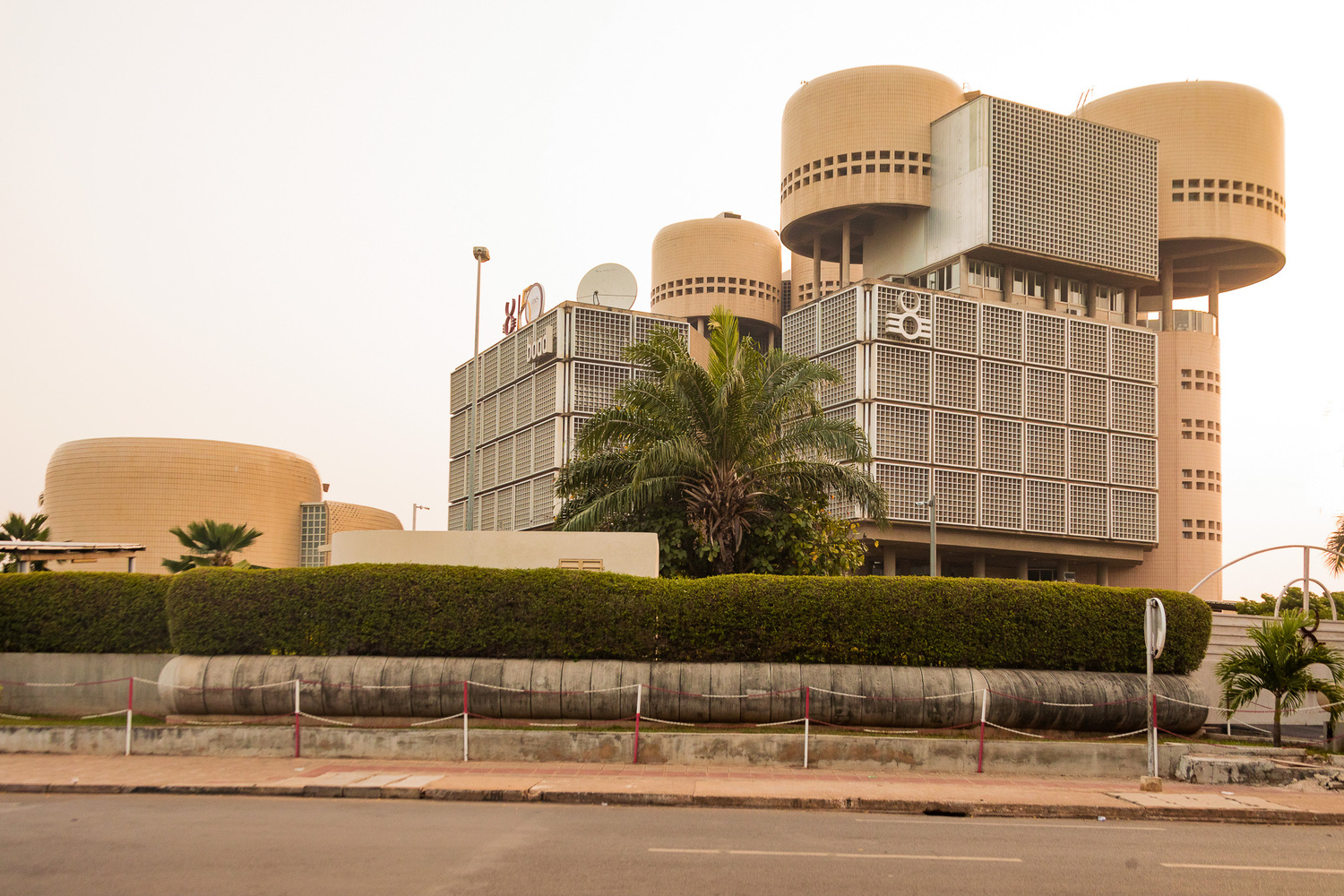
The Togo Pavilion is part of a historic year for the Biennale, with four nations, Togo, Oman, Azerbaijan, and Qatar, participating for the first time. Each newcomer brings distinct regional perspectives under this year’s broader theme. With 65 national pavilions in total, the event once again positions Venice as the global crossroads of architectural innovation, cultural memory, and future possibility.
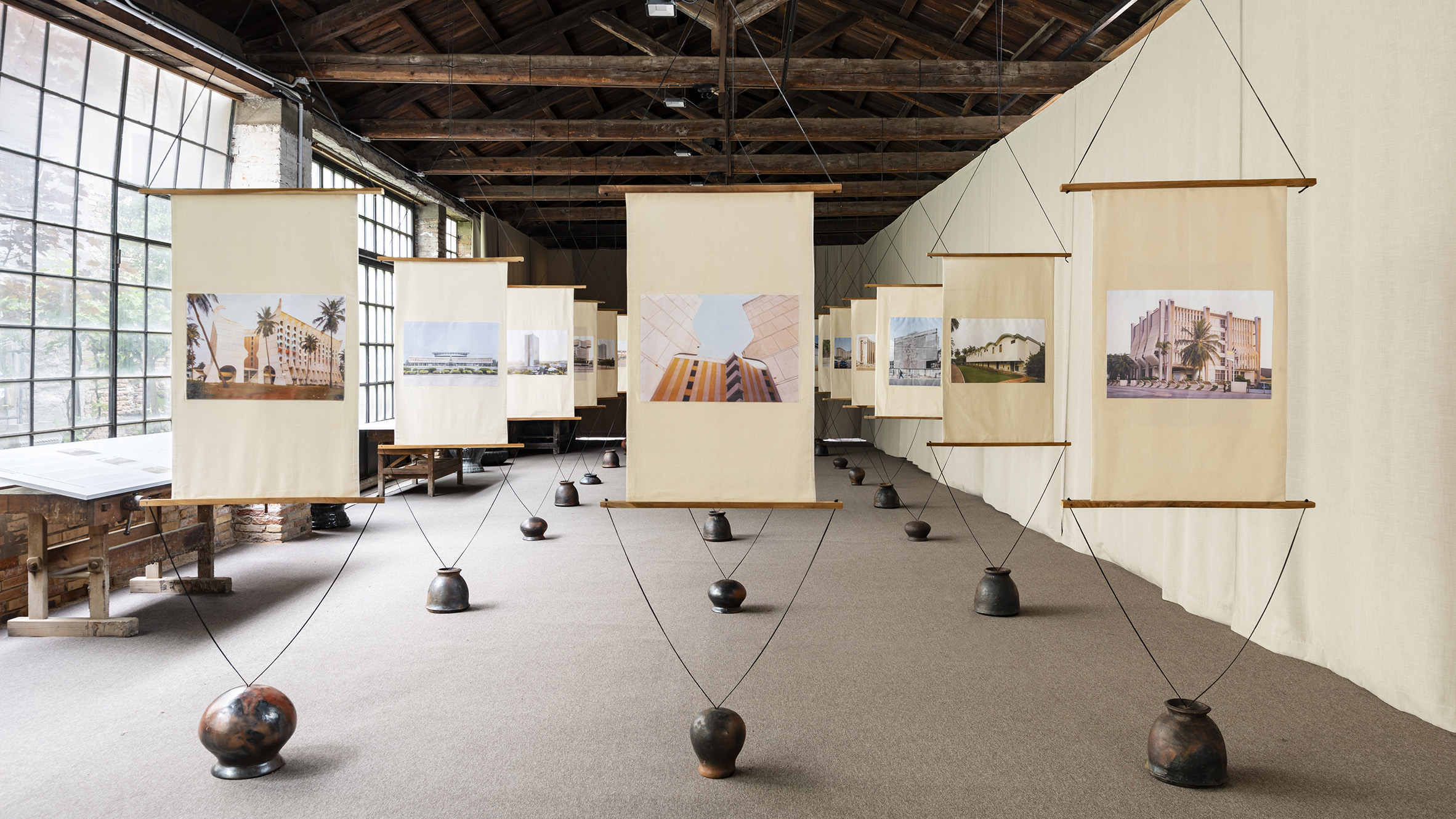
The Togo Pavilion is also accompanied by Studio NEiDA’s participation in the Triennale Milano, where they continue their research into decolonial design and materiality. By linking these international platforms, the team not only highlights architectural preservation but also points toward how localized knowledge systems can inform global design conversations.



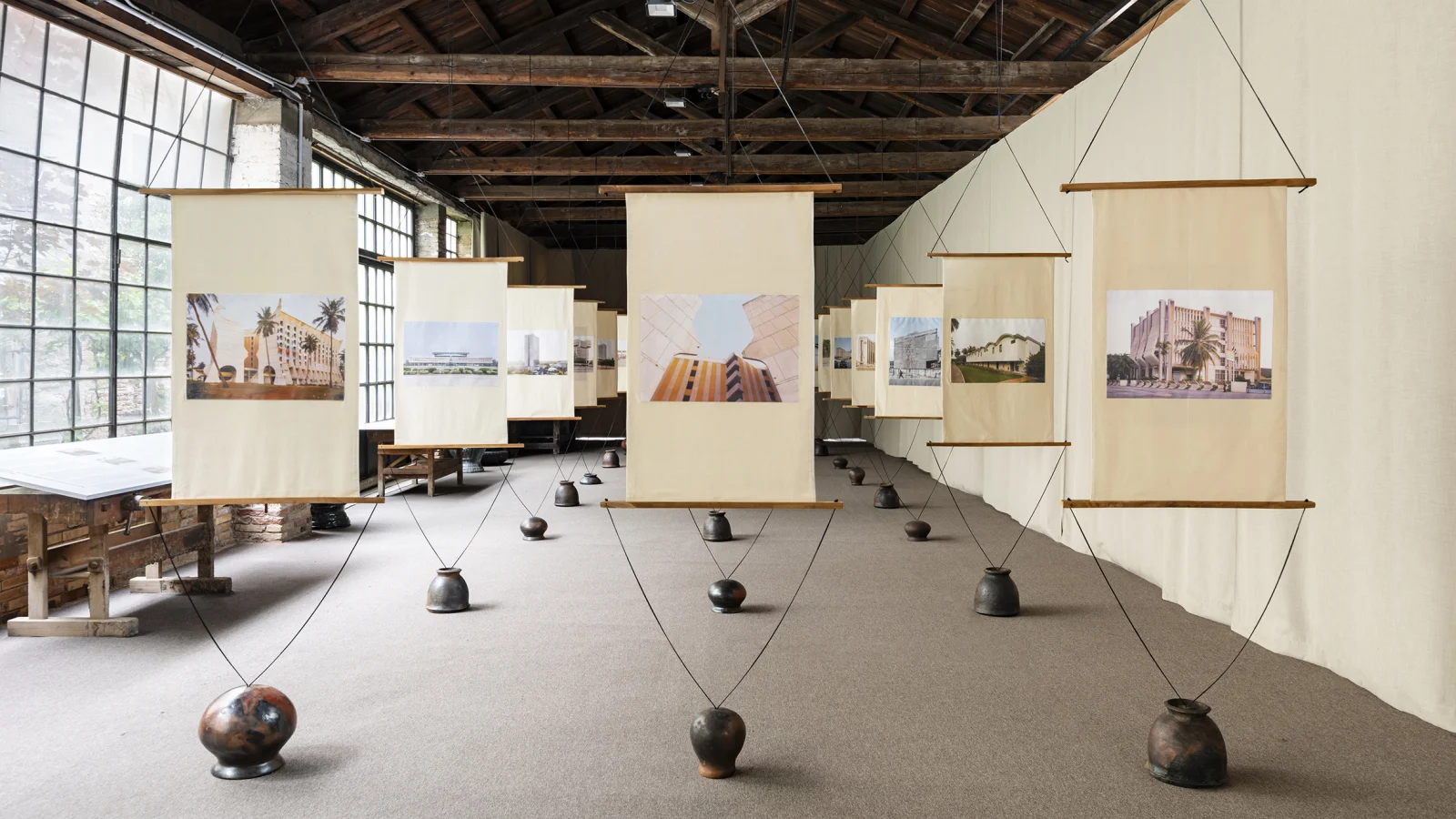













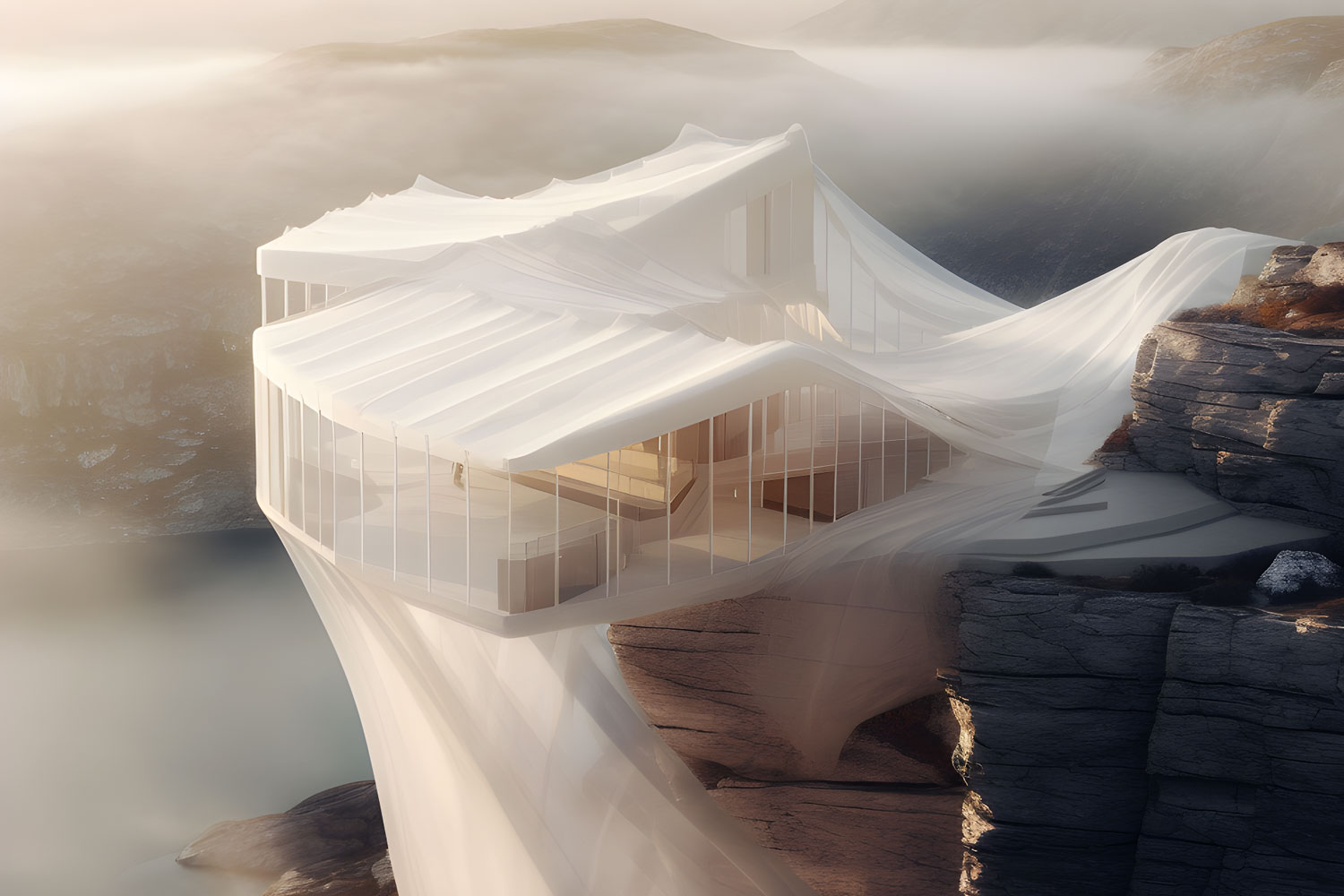

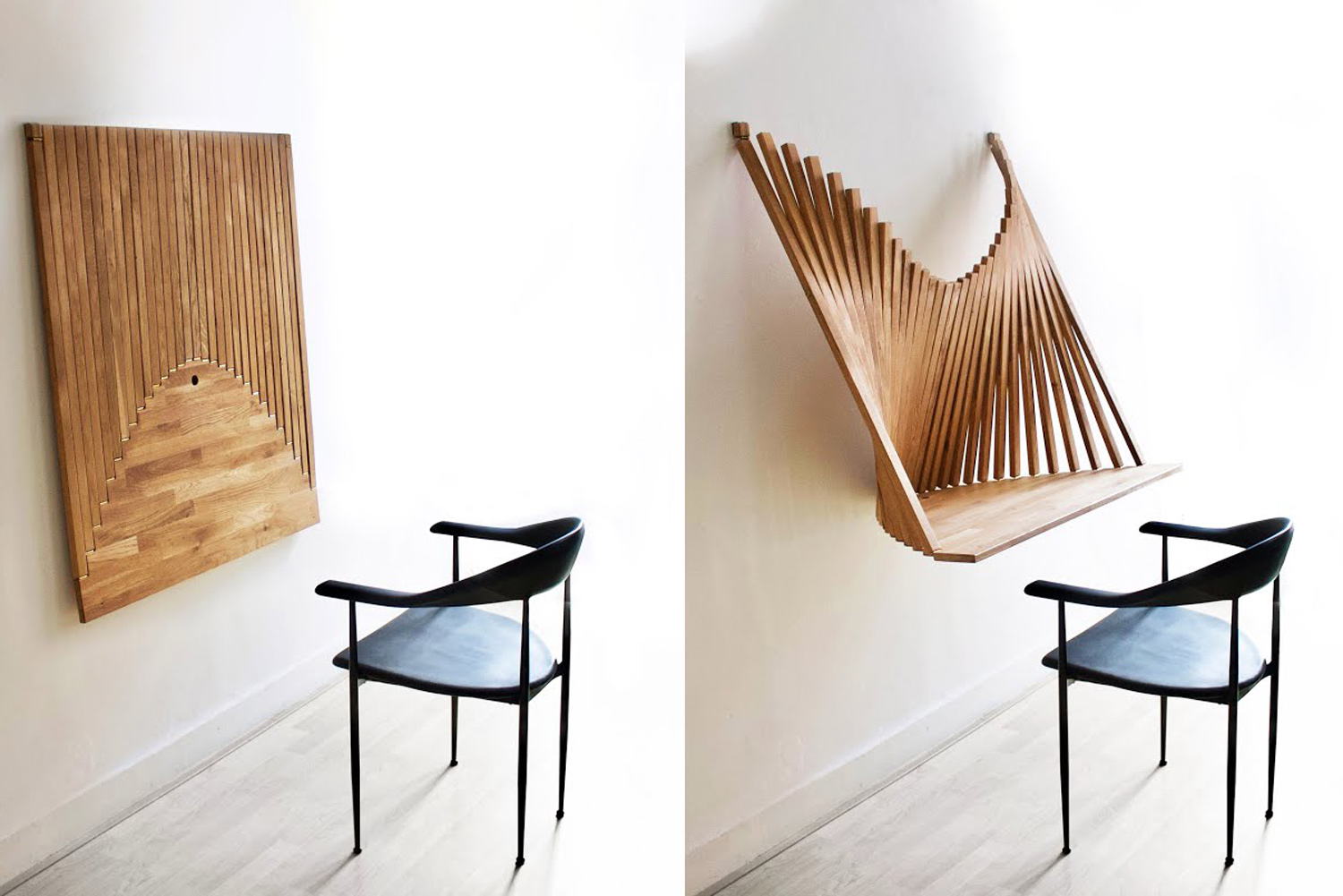








Leave a comment